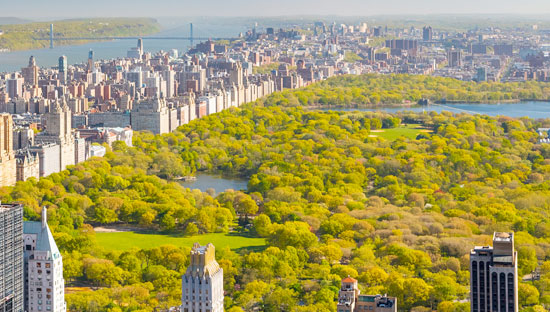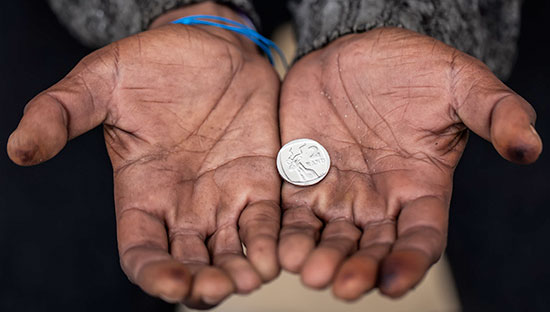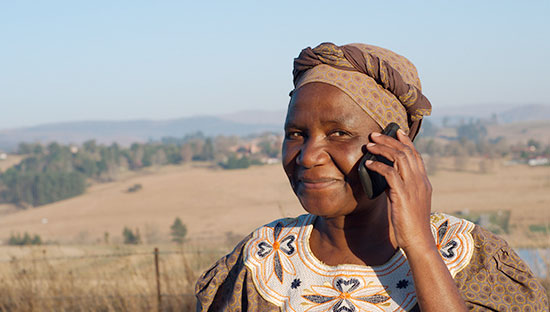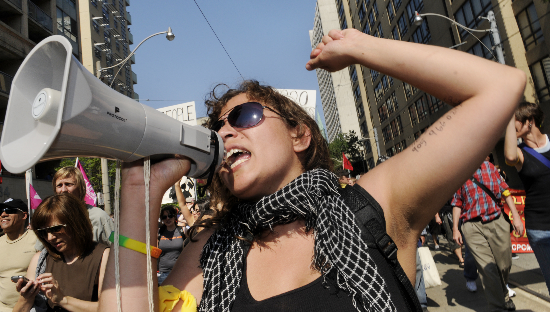NYC Parks Department |  New York City
New York City
Objectives
- Find evidence that the increased frequency of pruning has substantial benefits.
- Determine what tree species make the most sense for future plantings to minimize risk.
- Affirm the value in gathering and analyzing such data.
Findings
- The numbers don’t lie. Prudent pruning shrinks emergency cleanups by 22 percent. Trees pruned every five years, as opposed to 10 or 15, pose less risk.
- The group also built an interactive map that quantifies potential storm risk for planning purposes.
Question
Trees get old. Their parts break down, become weak and unstable. The difference between an old tree and other aged things, such as, say, a person, is height and gravity—and their combined potential for havoc.
The danger of frail trees can be mitigated, though. Years ago, the NYC Parks Department started tracking its pruning program on city streets, where it cares for about 600,000 trees. The department uses that data—and a boat load more—to make a multitude of forestry decisions, but it wanted to better understand the benefits of that data process.
The department wanted to know: Does preventative tree care in one year reduce the number of hazardous tree conditions in the following year? Can we predict where trees will be most vulnerable to a storm and plan accordingly to minimize post-storm work?
What Happened
The data jocks convened for a good old DataDive in September 2012 with the NYC Parks Department and the Department of Information Technology and Telecommunications. The inimitable Brian d’Alessandro served as DataKind’s data ambassador.
The city brought data. A lot of data. From a multitude of sources, across different time periods, not all of it organically compatible. But, as a general rule, data scientists love a challenge. Here’s what the team had to work with:
- A tree census from 2005 with the subsequent planting records through 2011
- Block-by-block pruning data for Brooklyn
- Forestry management records, including work orders, inspections, and work requests, beginning in 2008
- A prior tree management database that tracked inventory, work orders and requests for an earlier period, from 1998 through 2008
- 311 requests for forestry work, beginning in 2004
The data team used a few different tools to open up the data for analysis. Quantum GIS, an open source geographic information system, and CartoDB, a mapping system, helped the team create data visualizations. The ever-trusty Python helped us yank all the data from the disparate sources, then clean and merge it for analysis.
What’s Next:
The Parks Department certainly has enough results and analysis to justify continued data collection. They also have some issues to consider, like whether they can better predict storm damage in the future and which species seem to hold up best in such circumstances.




